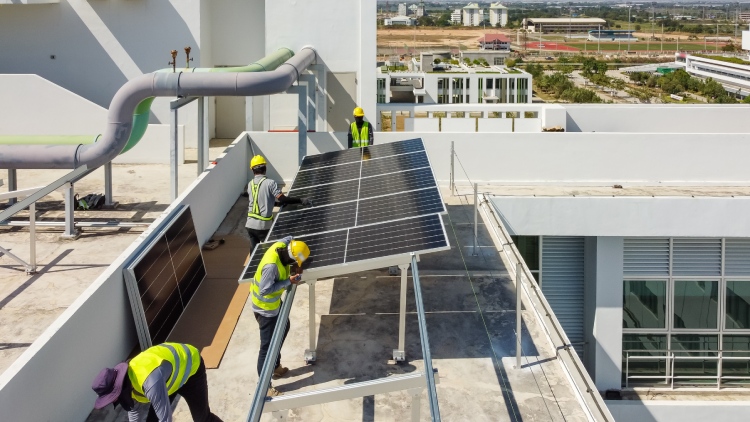Energy management goals
Energy management goals
The main goals of energy management are:
Increase energy efficiency
Increase energy efficiency
The key to good energy management lies in using the least amount of energy possible to carry out a process.
Comply with current legislation
Comply with current legislation
Energy management complies with the regulations established by government agencies for the proper use of energy.
Reduce the ecological footprint
Reduce the ecological footprint
The ecological footprint is an international sustainability indicator used to calculate the degree of impact our lifestyle has on the environment. The lower the value, the lower the impact.
Decrease consumption
Decrease consumption
Consumption habits play an essential role. Reducing consumption and not wasting energy leads to better energy management.




